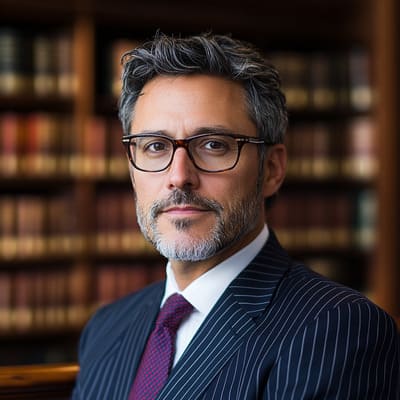Legal Barriers to Gender Affirming Healthcare
In recent years, gender affirming healthcare has become an important and necessary aspect of healthcare for many individuals within the LGBTQ+ community. This term refers to medical treatments and procedures that support the physical and social transition of an individual to their affirmed gender. However, despite increasing awareness and acceptance of gender diversity, there are still legal barriers that prevent individuals from accessing this life-changing healthcare. In this article, we will delve into the existing legal barriers to gender affirming healthcare and their impact on the LGBTQ+ community.
The Legal Landscape of Gender Affirming Healthcare
The legal recognition and protection of the rights of LGBTQ+ individuals have come a long way in the past few decades. In some countries, gender identity and expression are protected under anti-discrimination laws. However, when it comes to gender-affirming healthcare, the legal landscape becomes much more complex.
1. Lack of Insurance Coverage
One of the biggest legal barriers to gender-affirming healthcare is the lack of coverage by insurance companies. Many insurance plans do not cover treatments such as hormone therapy, gender reassignment surgery, and other related medical procedures. This lack of coverage not only makes it difficult for individuals to access necessary healthcare but also creates a financial barrier that many cannot overcome.
Even in countries where there are laws in place to prevent discrimination based on gender identity, insurance companies often use the excuse that gender-affirming healthcare is “cosmetic” or “not medically necessary” to deny coverage. This can be particularly challenging for transgender and non-binary individuals who cannot access appropriate healthcare without insurance coverage.
2. Restrictions on Accessing Healthcare for Minors
Another significant barrier to gender-affirming healthcare is the restrictions imposed on minors. In many places, individuals under the age of 18 require parental or guardian consent to access gender-affirming treatment, which can be a challenging and potentially dangerous process for minors who do not have supportive families. This can lead to delays in treatment and hinder the mental and physical well-being of young individuals who are in need of gender affirming healthcare.
Moreover, in some countries, there are laws that prohibit healthcare providers from prescribing hormone therapy to minors or performing transition-related surgeries until they reach the age of majority. These restrictions leave many transgender and non-binary minors without access to necessary healthcare, which can have a significant impact on their overall health and well-being.
3. Discrimination by Healthcare Providers
Unfortunately, discrimination against transgender and non-binary individuals within the healthcare system is still prevalent. Many healthcare providers refuse to treat individuals seeking gender-affirming healthcare or discriminate against them in other ways, such as misgendering or refusing to use their chosen name. This discrimination not only creates a barrier to accessing healthcare but also has detrimental effects on the mental and emotional health of transgender and non-binary individuals.
The Impact of Legal Barriers
The legal barriers to gender-affirming healthcare have severe consequences for individuals within the LGBTQ+ community. The lack of coverage, restrictions for minors, and discrimination can all lead to delays in treatment, increased risk of mental health issues, and even harm their physical health in cases where individuals resort to unsafe or non-medical means of transitioning.
Moreover, these barriers also contribute to the stigmatization and marginalization of the LGBTQ+ community, further perpetuating discrimination and societal challenges faced by these individuals.
Breaking Down Legal Barriers
It is crucial for laws and policies to be in place to protect the rights of individuals seeking gender-affirming healthcare. This includes ensuring that insurance coverage is available for all necessary treatments and procedures, regardless of gender identity. Additionally, laws should be amended to allow minors the right to access healthcare without needing parental consent in cases where it is not feasible or safe to do so.
Moreover, healthcare providers should undergo proper training to eliminate discrimination and ensure that they can provide appropriate and respectful care for transgender and non-binary individuals. This not only ensures that necessary healthcare is accessible but also promotes inclusivity and diversity within the healthcare system.
Conclusion
Legal barriers to gender-affirming healthcare have created significant obstacles for individuals within the LGBTQ+ community. These barriers not only deny individuals their right to necessary healthcare but also contribute to the stigmatization and marginalization of this community. It is time for governments and organizations to take action and eliminate these legal barriers to ensure that all individuals have access to the healthcare they need and deserve, regardless of their gender identity.











